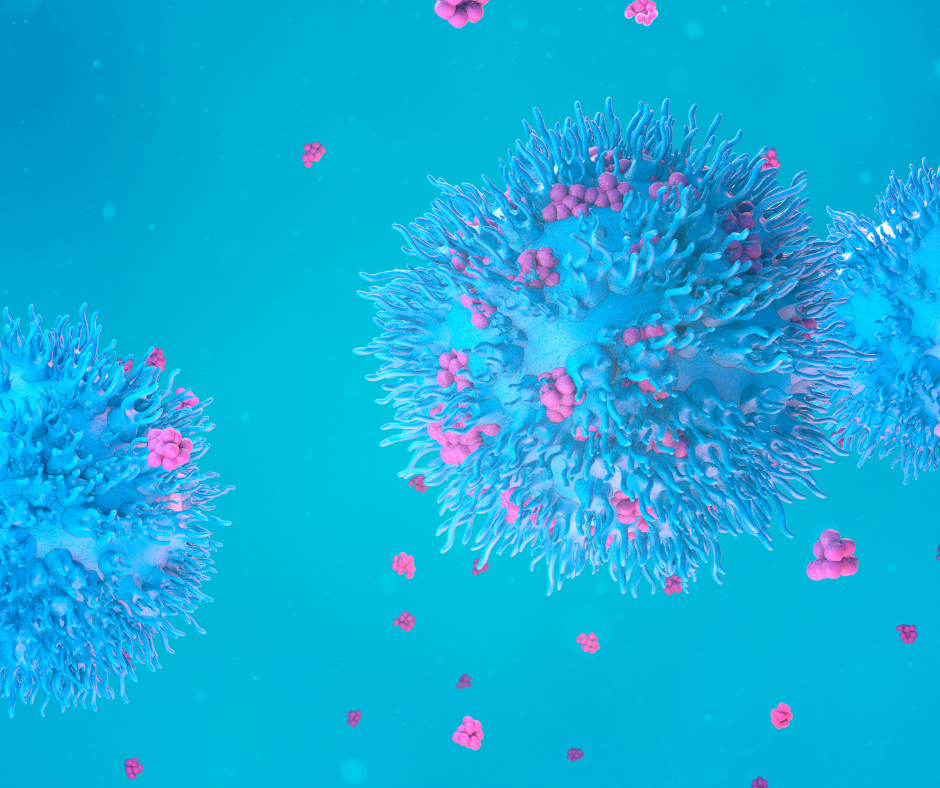|
Calcitonin and SOST levels may point to PAH and ILD, small study find by Marisa Wexler, MS | April 9, 2024 Levels of two blood proteins, calcitonin and SOST, may be markers of lung disease in people with scleroderma, a new study shows. “This study indicates that serum calcitonin and SOST levels are promising biomarkers for [scleroderma]-related PAH [pulmonary arterial hypertension] and ILD [interstitial lung disease], respectively,” the researchers wrote, though they noted that “further research is needed to verify these results and understand the underlying mechanisms.” The study, “Protein profiling in systemic sclerosis patients with different pulmonary complications using proteomic antibody microarray,” was published in Arthritis Research & Therapy. Scleroderma, also called systemic sclerosis or SSc, is marked by abnormal scarring that usually affects skin and can also affect various other organs throughout the body. When the disorder involves the lungs, SSc can lead to complications like interstitial lung disease (ILD, marked by lung scarring) and pulmonary arterial hypertension — PAH, defined by high pressure in the blood vessels that carry blood to and through the lungs. These lung issues are leading causes of mortality in SSc, and early detection is key to facilitate optimal treatment. 15 scleroderma patients in study
A team of scientists in China conducted a study aiming to identify blood markers of lung complications in SSc. To that end, they collected blood samples from 15 treatment-naïve SSc patients — five with ILD, five with PAH, and five with neither. Blood from five healthy people without SSc also was analyzed for comparison. Each of the blood samples was tested using proteomic antibody microarrays, which are tests that the researchers said “allow the simultaneous analysis of many proteins in patient serum [blood] samples.” The scientists measured levels of 1,000 proteins in the blood samples, and they identified more than 100 that were expressed at significantly different levels among the SSc patients. The most promising of these proteins were selected for validation and then tested in additional samples from patients with SSc and controls. From these tests, the researchers zeroed in on two particularly promising markers, calcitonin and SOST, which among other processes are implicated in bone metabolism and gastrointestinal involvement. Both of these proteins were present at significantly higher levels in SSc patients than in people without SSc, but among SSc patients, levels varied by lung involvement. Specifically, SSc patients with PAH tended to have higher levels of calcitonin than those who didn’t have PAH, whereas SSc patients with ILD had lower levels of SOST than those without this lung disorder. High levels of both SOST and calcitonin were associated with more severe digestive issues among SSc patients. Levels of calcitonin and another blood protein called CD40 also tended to be higher in patients with signs of more extensive kidney damage, the researchers noted. The team said these results support use of calcitonin and SOST as biomarkers in SSc, though they stressed that further studies are needed to verify these results. Comments are closed.
|
AuthorScleroderma Queensland Support Group Archives
July 2024
Categories
All
|
Scleroderma Association of Queensland
©Scleroderma Association of Queensland. All rights reserved. Website by Grey and Grey.

